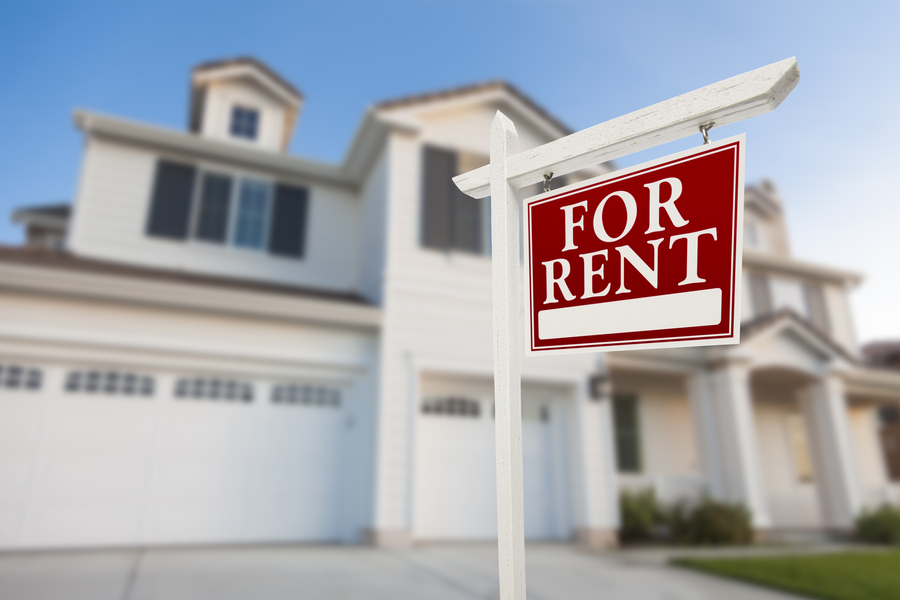In November, Immigration, Refugees, and Citizenship Minister Sean Fraser announced that by 2025 the country would have an annual goal of receiving 500,000 new immigrants. The 2023 number would be 465,000, escalating to the annual increased 2025 target in just two years.
Making his announcement, Fraser stated, “Look folks, it’s simple to me. Canada needs more people.”
He’s right. We do. In the post-pandemic labour market, we’ve seen nearly one million job vacancies go unfilled. We are facing a generational crisis with respect to skilled trades which will only escalate in the coming years as older workers in the residential construction sector begin to retire in large numbers, and we simply don’t have the people to replace them. And, of course, this is only the tip of the iceberg. Just ask any businessperson in the services sector how difficult it is to recruit and retain staff.
We know from recent census data that Canada currently has about three workers for every retired person in this country. With our internal demographics showing declining birthrates and an increasingly aging population, without immigration, our country is in for huge and troubling economic consequences. So, for the most part, we’re all on the same page. We must have increased immigration levels and we need skilled workers choosing to come to Canada.
However, to paraphrase a statement from a famous movie, “Ottawa, we have a problem.” If the federal government is welcoming 500,000 new immigrants to Canada annually starting in 2025 with targets currently over 400,000, and no one disputes we need large-scale immigration, then we need to become even more serious about ensuring these newcomers have a place to live that is affordable and stable. If they can’t find an affordable place to live here in Canada, they either won’t come, or they’ll locate away from areas of the country where we need their skills.
The situation is even more complicated because while we need to escalate our construction of housing supply more generally, we must also focus on the need to increase enormously purpose-built rental units.
Traditionally, and for reasons ranging from affordability to mobility, newcomers to Canada have for generations sought rental housing as their first entry into the housing market. Problem is, we don’t have anywhere near enough of it. Simply ask any person in the GTHA looking for a home to rent how difficult it is or how unaffordable it has become. Now, multiply the challenges faced by newcomers to Canada trying to establish themselves in a new country and you’ll get a sense of the challenge.
A recent report from Urbanation, in partnership with the Federation of Rental-housing Providers of Ontario, detailed that the variance between supply and demand for rental housing and secondary condominiums will escalate to 236,000 units over the next decade. They further report that although we’ve seen an increase in purpose-built rental units by 65 per cent over the last five years, vacancy rates fell to a level of three per cent for any units built since the 1970s.
Consider that 20 per cent of newcomers to Canada are in a position to consider buying a home and that leaves 80 per cent seeking rental accommodation to start their lives in this country.
Add to this scenario ever-increasing housing costs, rising interest rates, further lack of supply as we contend with evolving recessionary pressures, and many people in Ontario looking to hold off on home purchases, preferring to rent until things stabilize, and yes indeed we have a problem.
To even begin to address the need for substantially more purpose-built rentals, we need all levels of government on board.
RESCON recently released its Housing Ontario’s People Everywhere (HOPE) strategy that outlined 15 actions to address housing supply and affordability issues immediately, five actions for each level of government.
We need municipalities to expedite purpose-built rental development applications and address unaffordable taxes, fees, and levies. They further need to update their processes to reflect modern business practices. The federal government needs to get serious and return to incentive programs, ranging from tax measures that worked in the 1970s to fulsome investment in municipalities to assist with the infrastructure needed for rental housing construction. The provincial government continues to be a commendable leader with major initiatives such as the More Homes Built Faster Act.
These measures, and others outlined in RESCON’s HOPE strategy, will help to address our housing crisis. But if we’re going to successfully integrate hundreds of thousands of newcomers to Canada in the next decade, we better get even more serious about what needs to be done and completed quickly, or we’re heading to another level of the housing crisis – a veritable tsunami.
Richard Lyall is president of the Residential Construction Council of Ontario (RESCON). He has represented the building industry in Ontario since 1991. Contact him at media@rescon.com.









